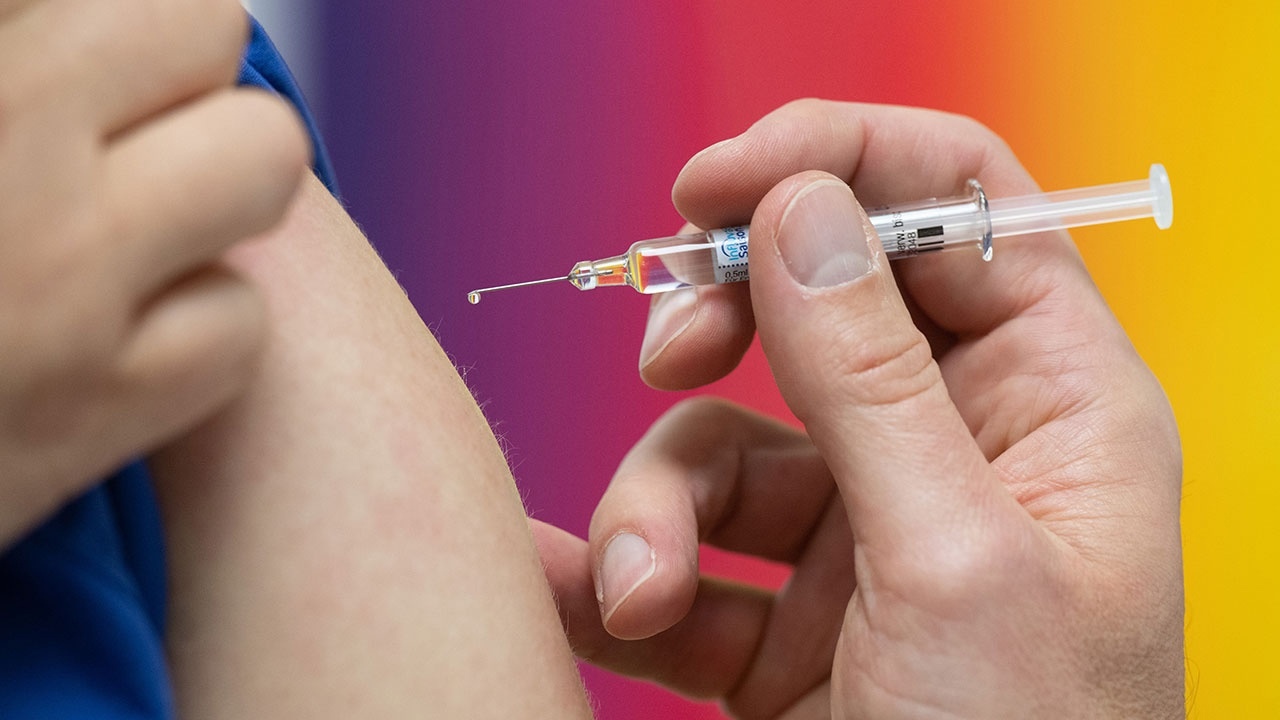A recent report by the Centers for Disease Control and Prevention (CDC) sheds light on the disparities in flu outcomes and vaccination coverage among different racial and ethnic groups in the United States. The study reveals that Black, Hispanic, and American Indian/Alaska Native (AI/AN) adults are more likely to be hospitalized due to flu-related complications and less likely to be vaccinated against the flu.
The CDC Vital Signs report analyzed flu hospitalization rates from 2009 to 2022 and flu vaccination coverage from 2010 to 2022, focusing on race and ethnicity. Two data sources, the Influenza-Associated Hospitalization Network (FluSurv-NET) and the Behavioral Risk Factor Surveillance System (BRFSS), were used for the analysis.
The study found that flu vaccination coverage has consistently been lower among Black, Hispanic, and AI/AN adults since 2010. In the 2021-2022 season, vaccination coverage was 54% among White and Asian adults, 42% among Black adults, 38% among Hispanic adults, and 41% among AI/AN adults.
Furthermore, the report revealed that Black, Hispanic, and AI/AN adults have higher hospitalization rates compared to White adults during most flu seasons from 2009 to 2022. The hospitalization rates were approximately 80% higher among Black adults, 30% higher among AI/AN adults, and 20% higher among Hispanic adults, when compared to White adults.
The disparities in severe flu outcomes can be attributed to several factors, including limited access to healthcare and insurance, missed opportunities for vaccination, and misinformation and distrust towards vaccines. Racial and ethnic minority groups also have higher rates of underlying health conditions such as asthma, diabetes, and obesity, which increase the risk of developing serious flu complications. Racism and prejudice further exacerbate these inequalities.
To address these disparities, the CDC has initiated programs aimed at increasing flu vaccination rates and raising awareness among racial and ethnic minority groups. These programs include the Partnering for Vaccine Equity (P4VE) program and a targeted, national flu vaccination campaign. These initiatives employ proven strategies to improve vaccination rates in these communities.
Healthcare providers, government officials, and individuals can collaborate to combat the flu by taking various measures to increase vaccine uptake, especially among racial and ethnic minority groups. Healthcare providers can play a significant role by strongly recommending flu vaccination to their patients and providing culturally appropriate recommendations. This may involve using materials that represent the community, transparently promoting the benefits and reasons for vaccination, addressing community-specific concerns and misinformation, and using the preferred language spoken in the community.
State and local governments should also identify and eliminate barriers to vaccination, while partnering with community organizations to enhance access and convenience. Working with trusted messengers and promoting culturally relevant messages can help build trust and confidence in vaccines, ultimately promoting equity in healthcare.
It is crucial for everyone to get vaccinated against the flu and encourage others in their community to do the same. The flu vaccine provides the best protection against flu-related complications during the fall and winter seasons. By collectively taking these actions, we can strive towards reducing disparities and ensuring optimal flu prevention for all individuals, regardless of their racial or ethnic background.
*Note:
1. Source: Coherent Market Insights, Public sources, Desk research
2. We have leveraged AI tools to mine information and compile it




